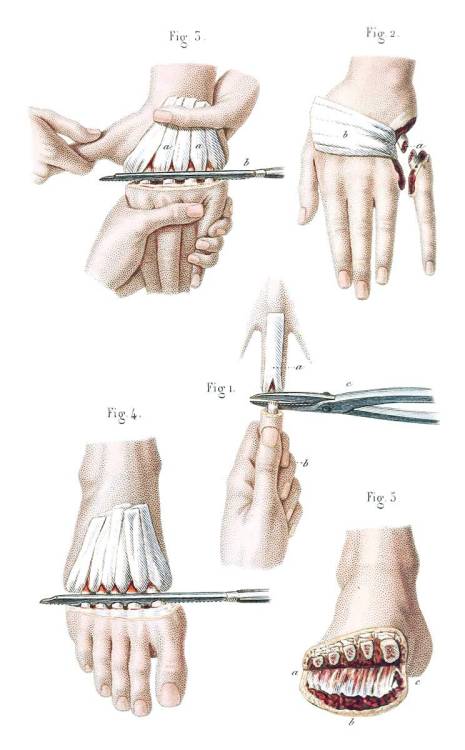
Operations on the Nose and Nasal Fosse
Jean-Baptiste Léveillé, from Précis iconographique de médecine opératoire et d'anatomie chirurgicale vol. 1 by Claude Bernard, Paris, 1848.
(Source: archive.org)
Jean-Baptiste Léveillé, from Précis iconographique de médecine opératoire et d'anatomie chirurgicale vol. 1 by Claude Bernard, Paris, 1848.
(Source: archive.org)
Claude Bernard
(1813 – 1878) was a French physiologist. Historian Ierome Bernard Cohen of
Harvard University called Bernard "one of the greatest of all men of
science". Among many other accomplishments, he was one of the first to
suggest the use of blind experiments to ensure the objectivity of scientific
observations. He was also the first
to define the term milieu intérieur (property of a system in which variables are regulated so that internal
conditions remain stable and relatively constant. Examples of homeostasis
include the regulation of temperature and the balance between acidity and
alkalinity in human body), now known as homeostasis

Disarticulation of the two last phalanges of a finger and of an entire finger.


No comments:
Post a Comment